The chef
Emin Haziri is one of the most interesting figures on the new Milanese gastronomic scene, moving in various directions that are not always easy to understand. Born in Kosovo in 1995, at the age of seven he fled his country, which was undergoing the dramatic process of independence from Serbia, and arrived in Italy as an illegal immigrant after a series of events involving smugglers, forests crossed on foot, fear, and uncertainty. Here, he made his way with the anger and determination of someone who had seen it all since childhood.

Emin soon discovered that cooking could become his path to redemption, expression, and happiness, starting with his training at the hotel management school in Trieste. He had great teachers (Philippe Léveillé at Miramonti l’Altro in Concesio, Enrico Bartolini at Mudec in Milan, Carlo Cracco who placed him at Carlo e Camilla in Segheria, also in Milan), He got to know the inner workings of that factory of perfection that was René Redzepi’s Noma in Copenhagen, but above all, he won the trust of Antonino Cannavacciuolo by running around Villa Crespi, enchanting him with his determination and propensity for work, a young man gifted with the boldness of someone who had set himself important goals from an early age. The Campania chef encouraged him to take on the role of executive chef at Cannavacciuolo Bistrot, where he earned a Michelin star at just 25 years of age.



Haziri is an imposing figure, his gaze scrutinizes and searches you; he is a man who does not indulge in shyness. The first time I met him, shortly after the opening of Procaccini in late spring 2024—a vernissage preceded by an unusual advertising campaign on the city’s trams that hinted that something good was coming—he seemed a little gruff, unwilling to please anyone other than his kitchen. Then he definitely softened up, and who knows if the somewhat successful videos in which he teaches how to make recipes (in some cases his own, more often Italian classics) and which he introduces with the claim “Ci pensa Emin!” (Emin will take care of it!) contributed to this. These clips, which more and more chefs are making to boost their popularity (in Milan alone, Cesare Battisti and Andrea Berton stand out), are appealing because of their direct and effective style and very short length. He says that there is a lot of work behind this content and that he feels very focused when making it.
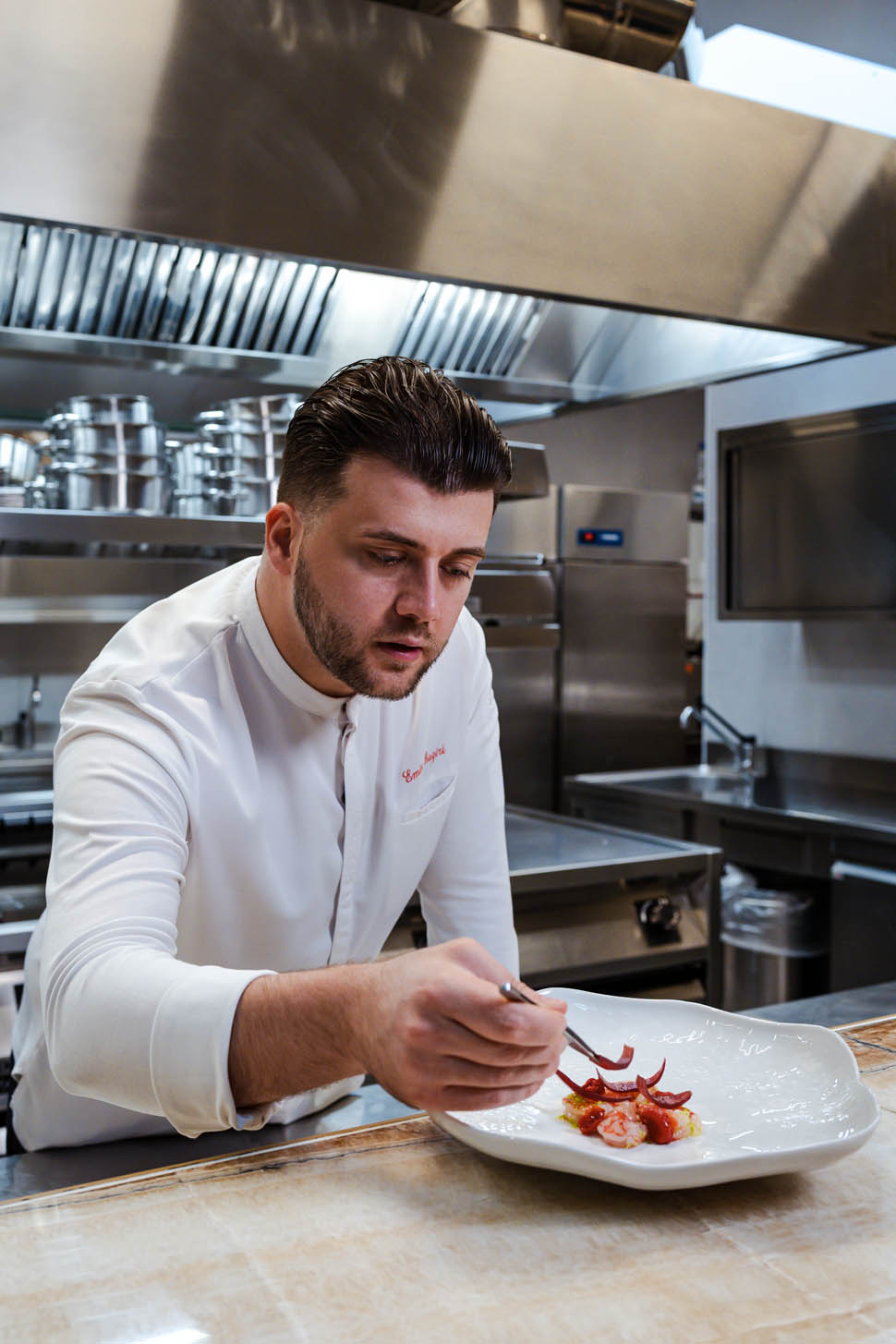 The restaurant
The restaurant
And now let’s talk about the cuisine. Haziri’s cuisine is bold and high-definition, supported by crystal-clear ideas. His point of reference is Italy, which, like many foreign chefs, he interprets with dedication and rigor, taking nothing for granted and avoiding prejudices and barriers. At Procaccini, one of the few truly interesting new openings in the fine dining sector in Milan in the last two years, a city that is currently moving in other directions, Haziri offers four menus: the most complete and eloquent is Il Viaggio dello Chef (The Chef’s Journey), which showcases Chef Emin’s most current dishes at €165. Then there is the Classico Contemporaneo, which is a good compromise for less adventurous palates (€130). Then there is La Tradizione Italiana, which reinterprets dishes such as caprese, cacio e pepe, vitello tonante, and tiramisu in Haziri’s style (€110). Finally, there is the Vegetarian menu, also priced at €110. Of course, there is also an à la carte menu to choose from, which includes the Carbondoro with edible gold (priced at €70), which has caused quite a stir on social media, as always happens when someone dares to dress up one of our gastronomic classics.
 The dishes
The dishes
During my recent visit, I perched at the counter chatting with the chef and enjoying the soft musical backdrop provided by a pianist—what a lovely bourgeois touch, albeit a little faded—and started with the first course of baked goods, including hand-rolled breadsticks and a schiaccia decorated with an image of the Duomo, which accompanied a small parade of snacks arranged in a row like soldiers: smoked mackerel toast with grain mustard, a Mondeghilo of creamed cod with mint and zucchini (the best of the bunch), a cuttlefish Cannolino, and a tartlet with Fassona beef tartare and veal reduction.
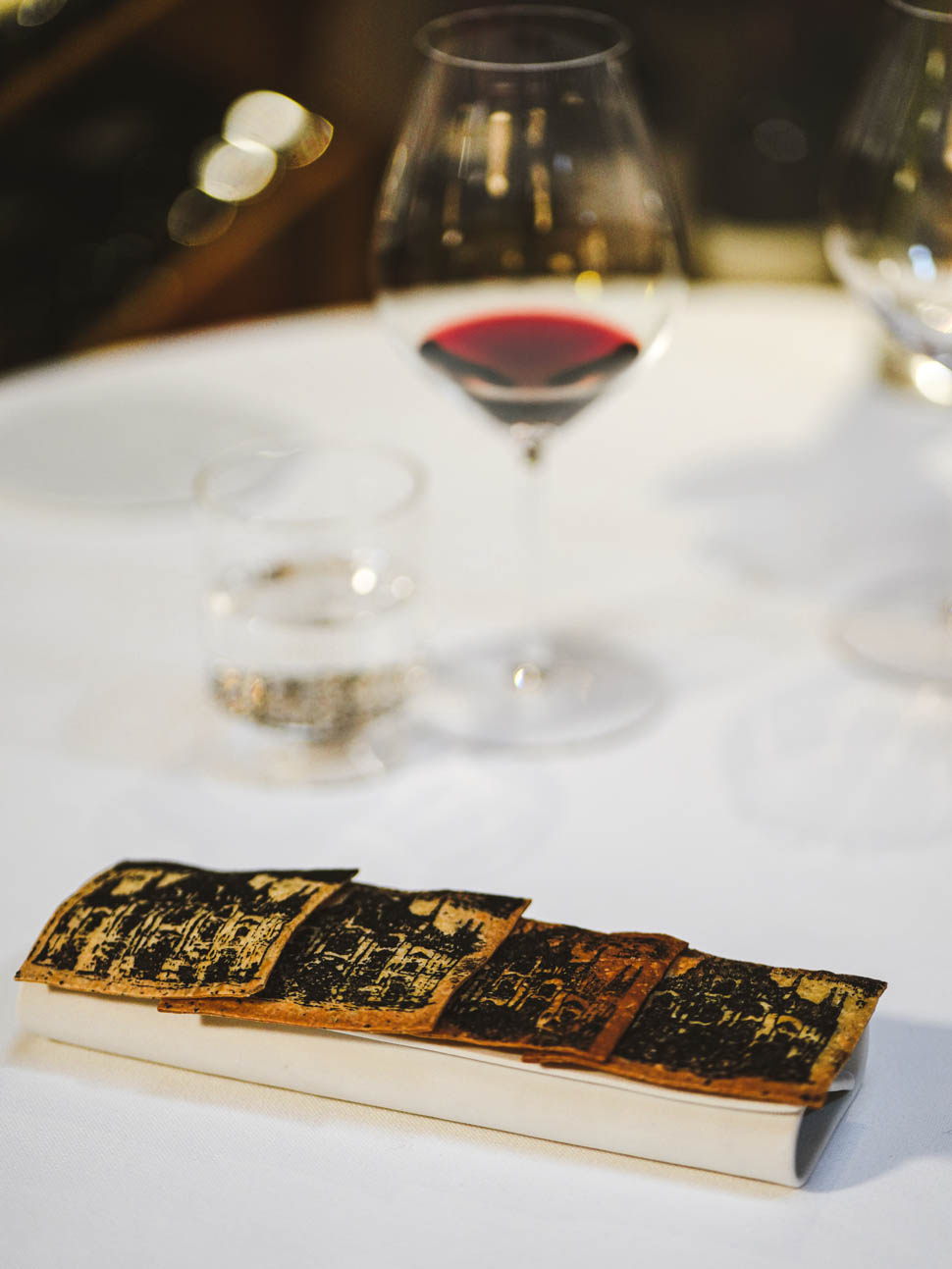

We get down to business with a very meaty red Mazara shrimp with salted lemon and nasturtium sprouts, nestled under a reddish veil of beetroot, whose bitter note perfectly complements the sweet richness of the main ingredient. We continue with the second bread service: another tribute to Milan with the most classic of michette, which appears almost dainty in comparison to a sturdy loaf, all accompanied by well-whipped, lightly salted Normandy butter and a fig and lime powder that adds freshness and a “green” note. The level rises: a black and white embroidery surrounding a raw scallop arrives at the table, made with pointillist embroidery using yogurt, squid ink, and caviar. A dish that one almost hesitates to mess with.
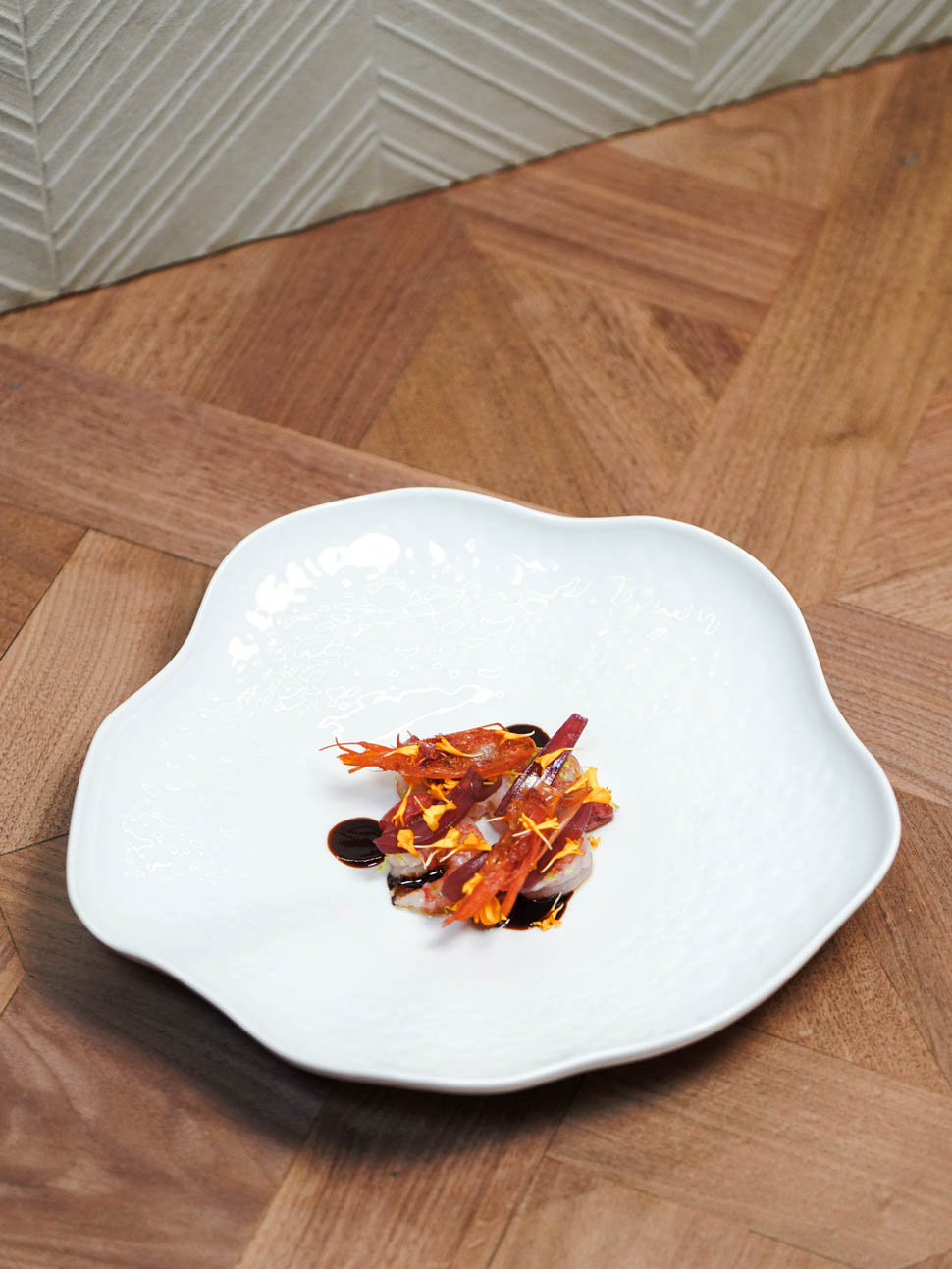
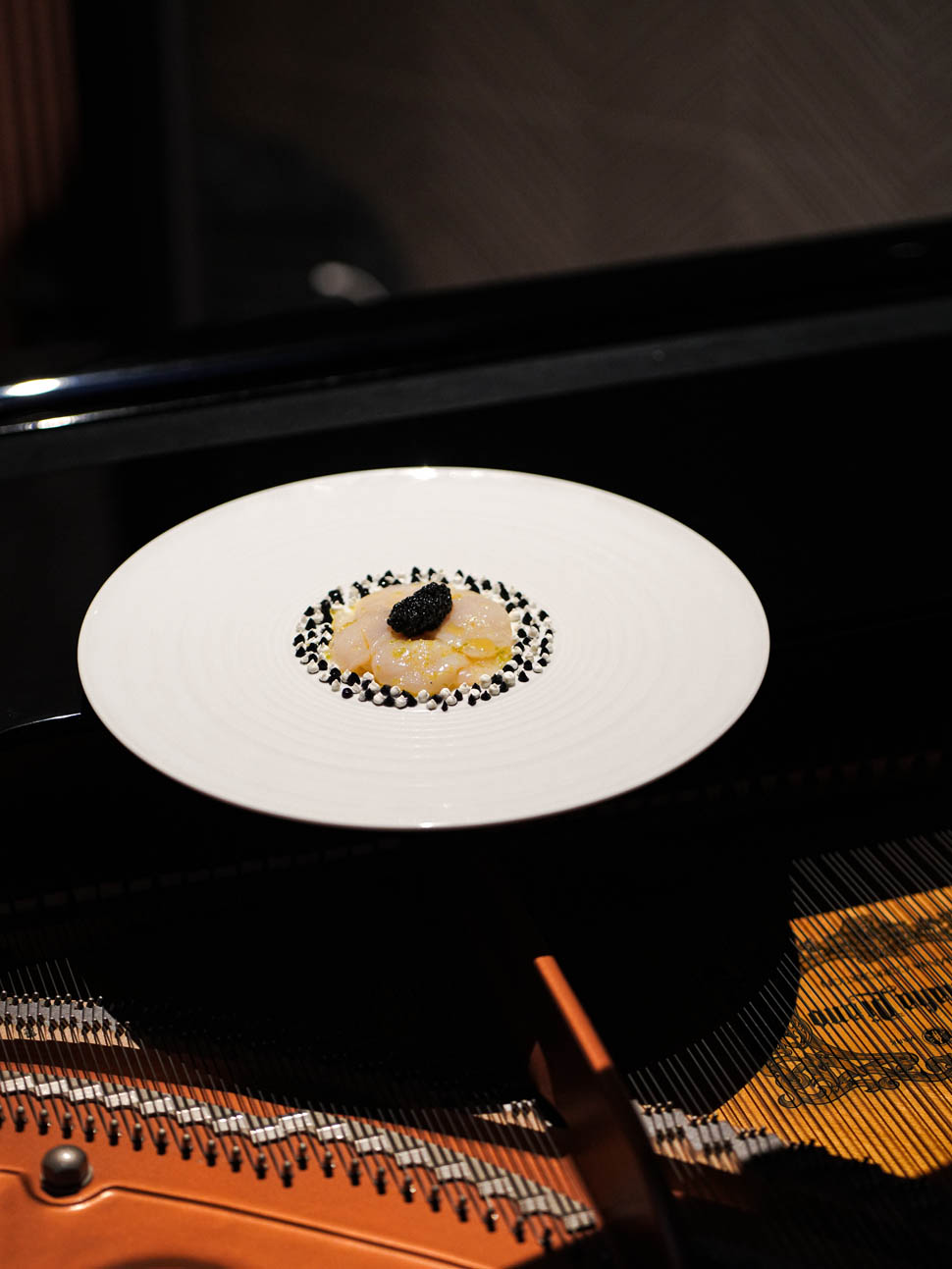
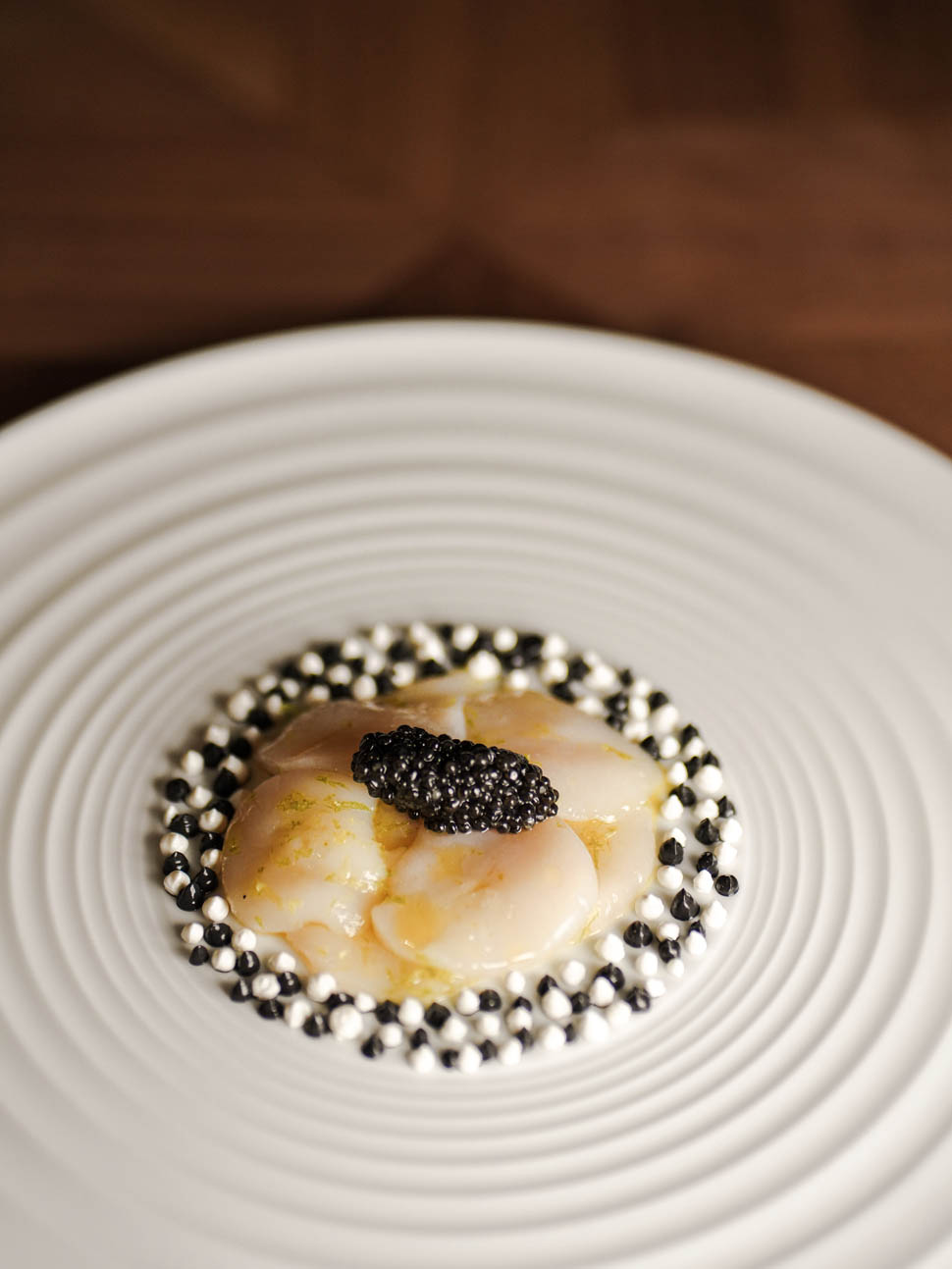
Then came the signature dish of the evening. Haziri decided to take on the most classic of traditional Italian seafood first courses, spaghetti with clams. He made it creamy by carefully stirring it and added a zing with chili oil and green celery. A demonstration of how haute cuisine can profitably dialogue with tradition and with the pure pleasure that this dish gives. A successful experiment.
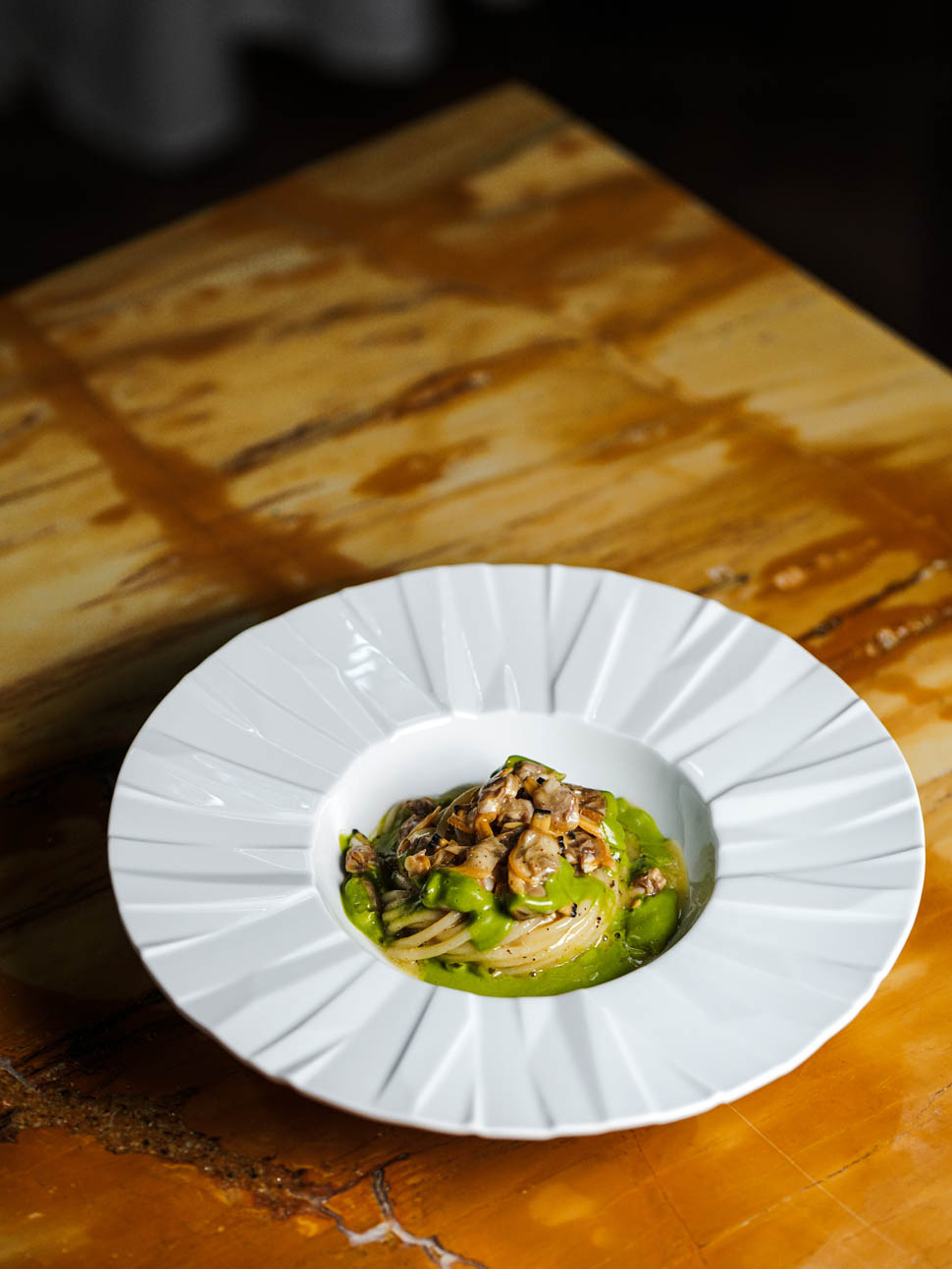
The second dish is a cod heart covered with a veil of mayonnaise made with its own water, red onion, and a cod tripe croquette. A dish that references the 1980s in its post-modern approach but wins you over when you taste it: it is perfectly contemporary cuisine. Then another touch of times gone by, a cheese platter that is not too crowded but well constructed, confirming the rediscovery in restaurants (in Milan but not only) of the culture of the cheese trolley, which makes the service dynamic and allows interaction between the dining room and the customer. Of course, we finish with desserts. First, a caramelized Williams pear with lemon gel, chamomile cream, pear ice cream, and crumble, then a small selection of very traditional but well-executed pastries: a cream puff, a vanilla and chocolate lollipop, and a raspberry tartlet.
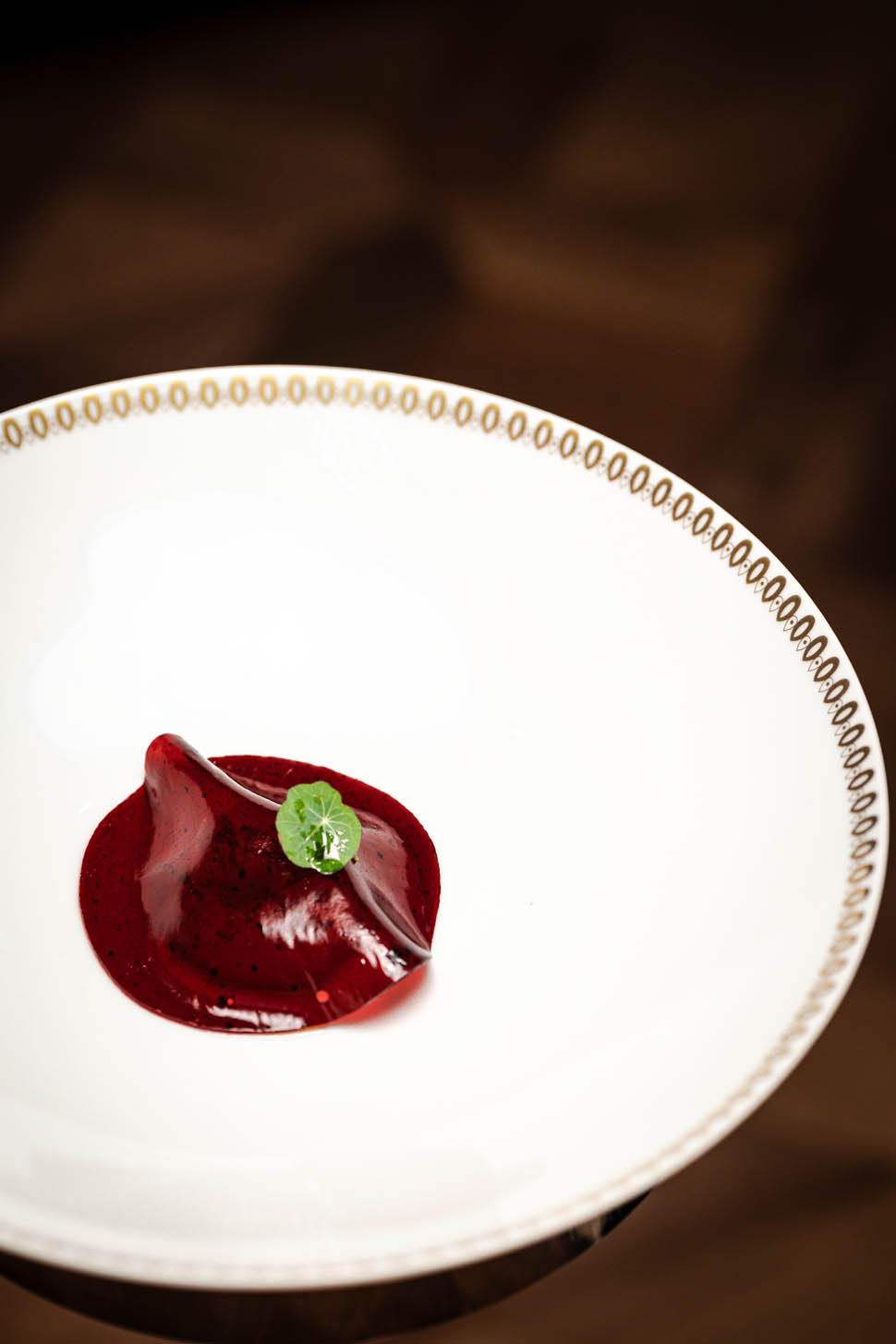
The pleasantness of the evening is enhanced by a well-stocked wine cellar with renowned and reliable labels, as well as a few discoveries, but beware of the hefty markups. There is also a cocktail bar where you can ask for help if you fancy a well-made classic drink.
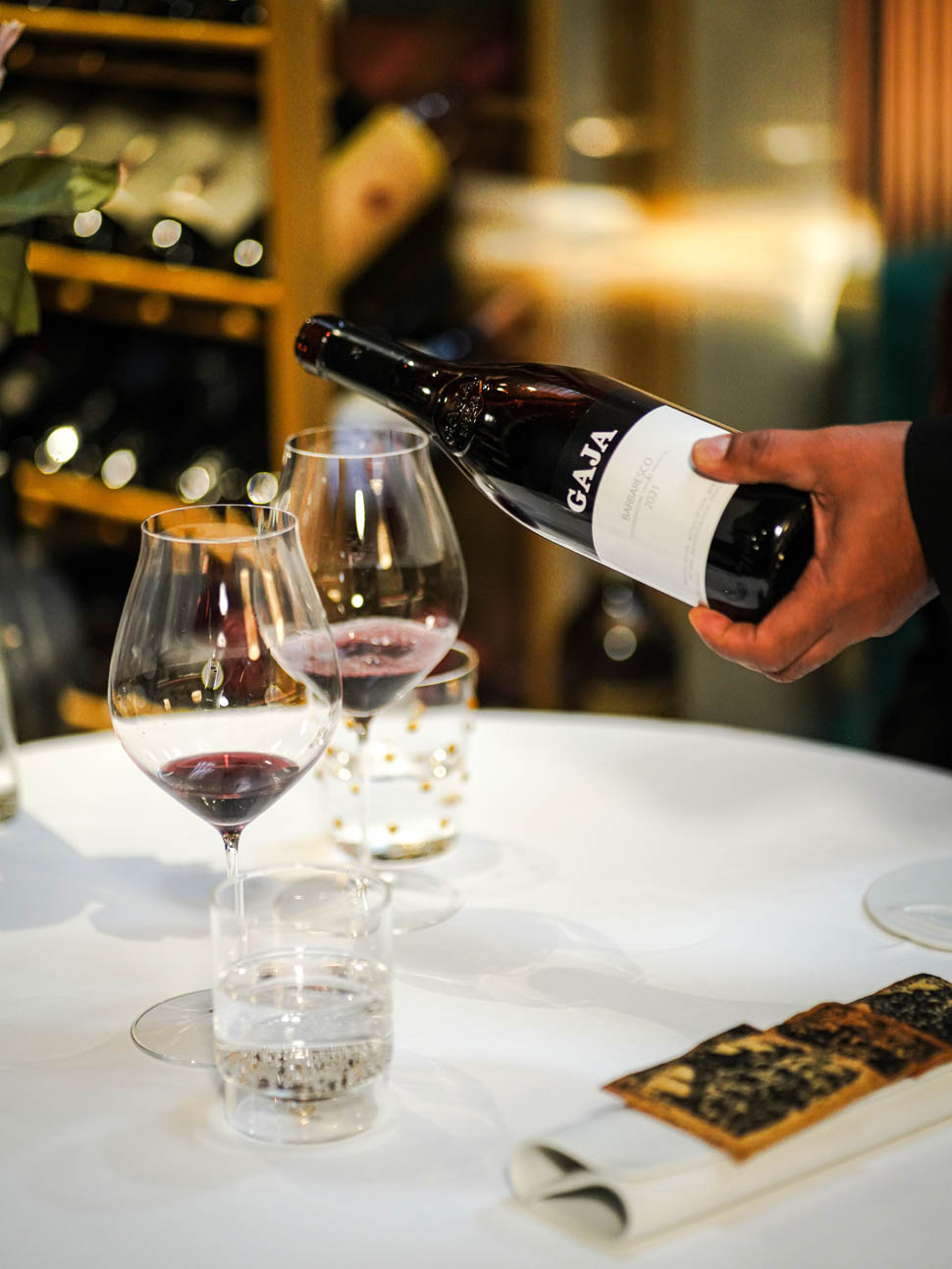
The interior was designed by architect Alberto Baronio of Studio Archea in collaboration with interior designer Andrea Raso, who recreated an elegant, slightly over-the-top but not excessive 1970s atmosphere. Marble, brass, glass, and jute, halfway between rationalist grammar and nostalgic concessions, all enriched by a palette of bold, contrasting colors. The wine cellar is open to view, as is the kitchen, which interacts closely with the dining room, where guests can enjoy the varied artistry of a young and competent team.
Procaccini
via Procaccini 33, Milano.
Phone, 0277091277.
Website www.procaccini.com.
E-mail: milano@procaccini.com.
Open every day, evenings only

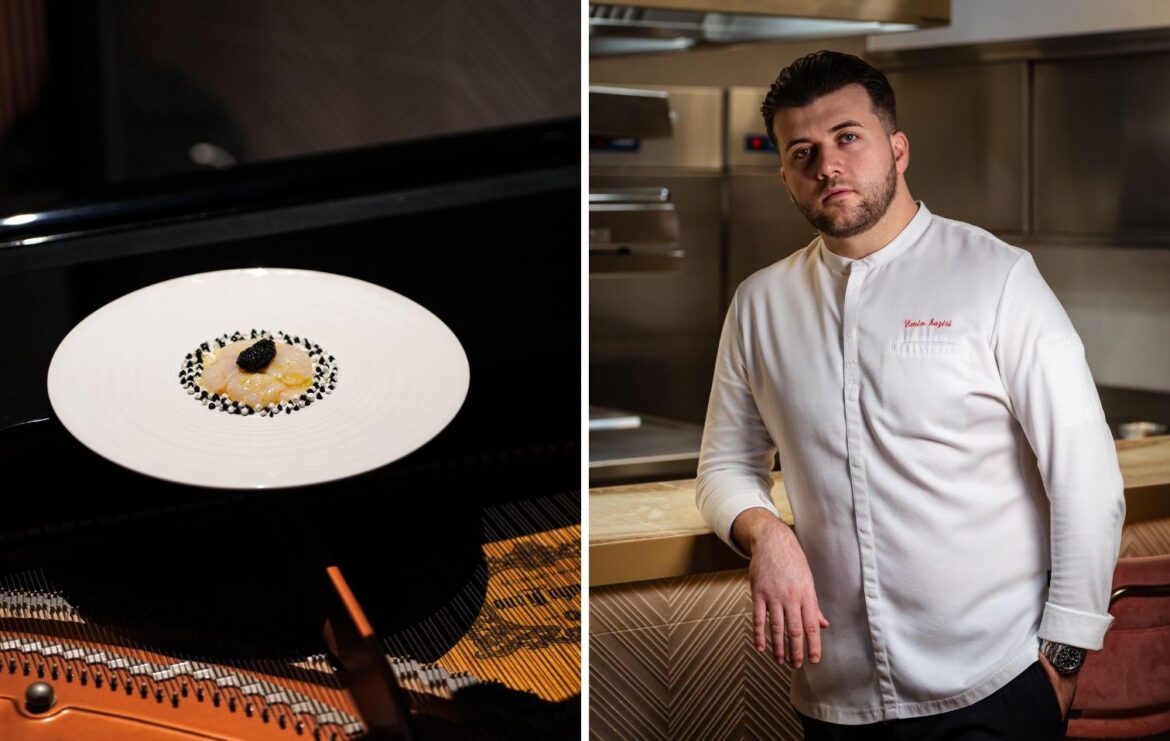
Dining and Cooking